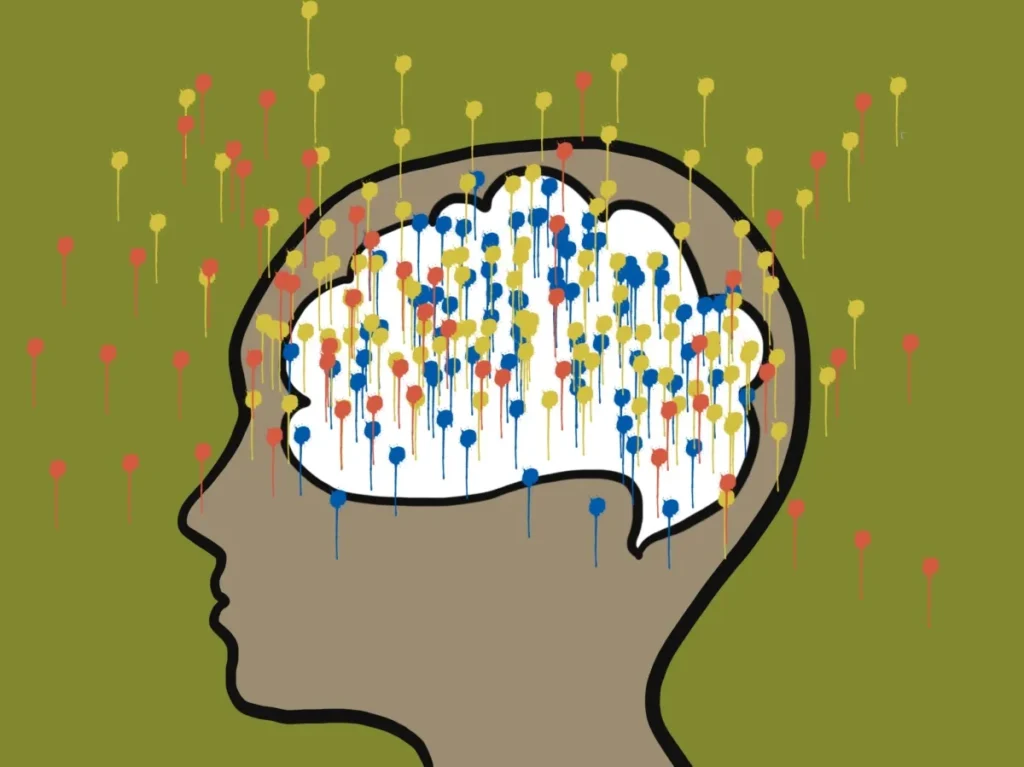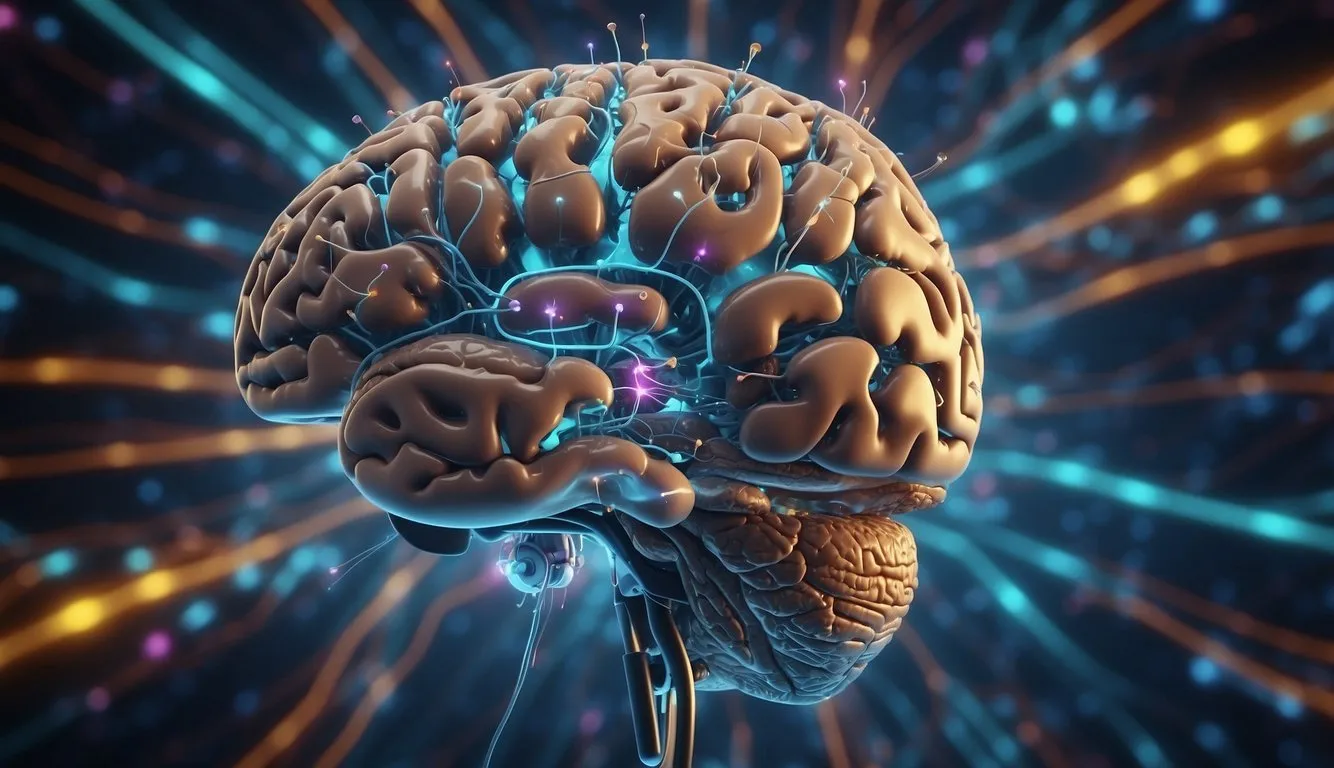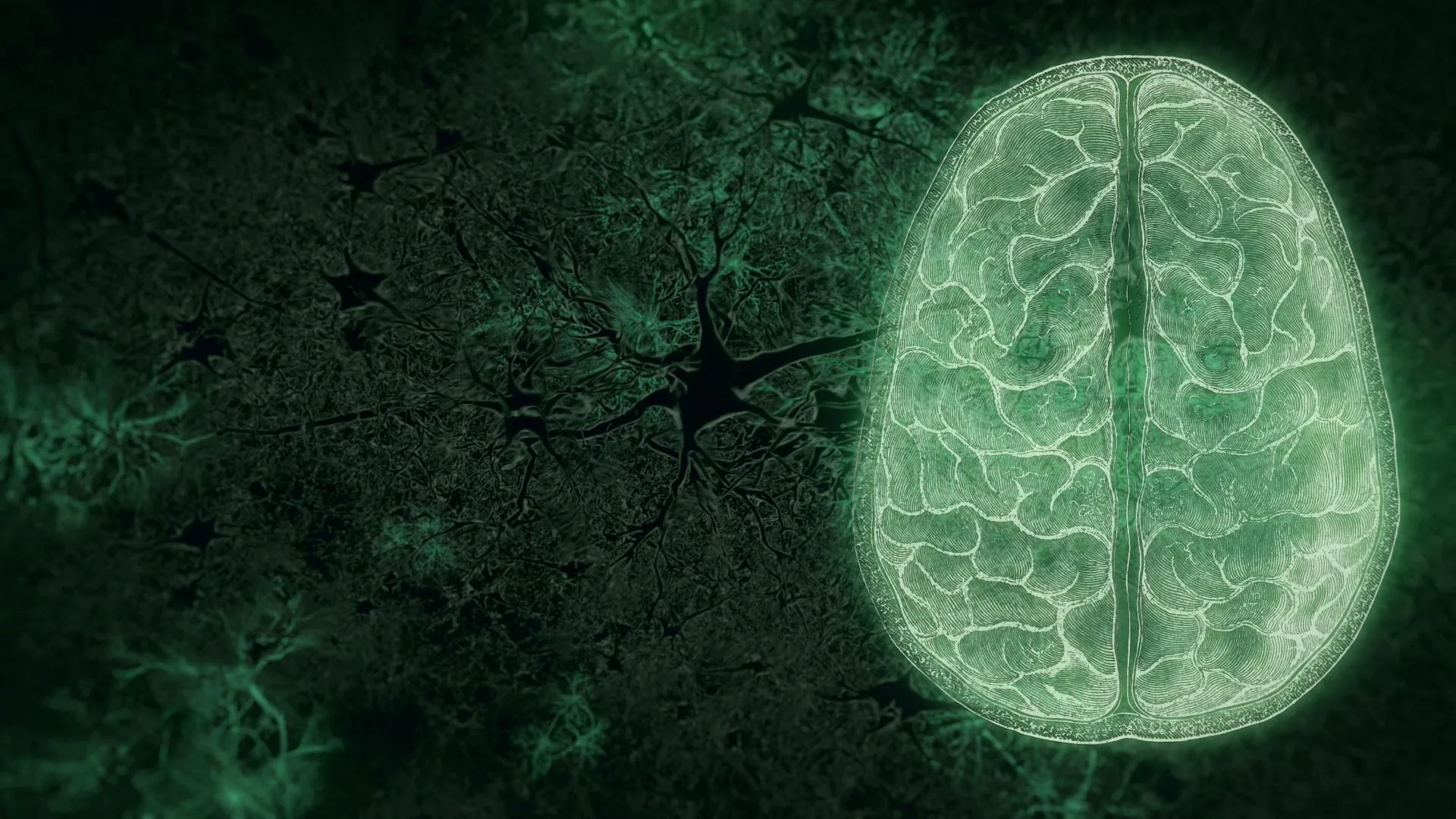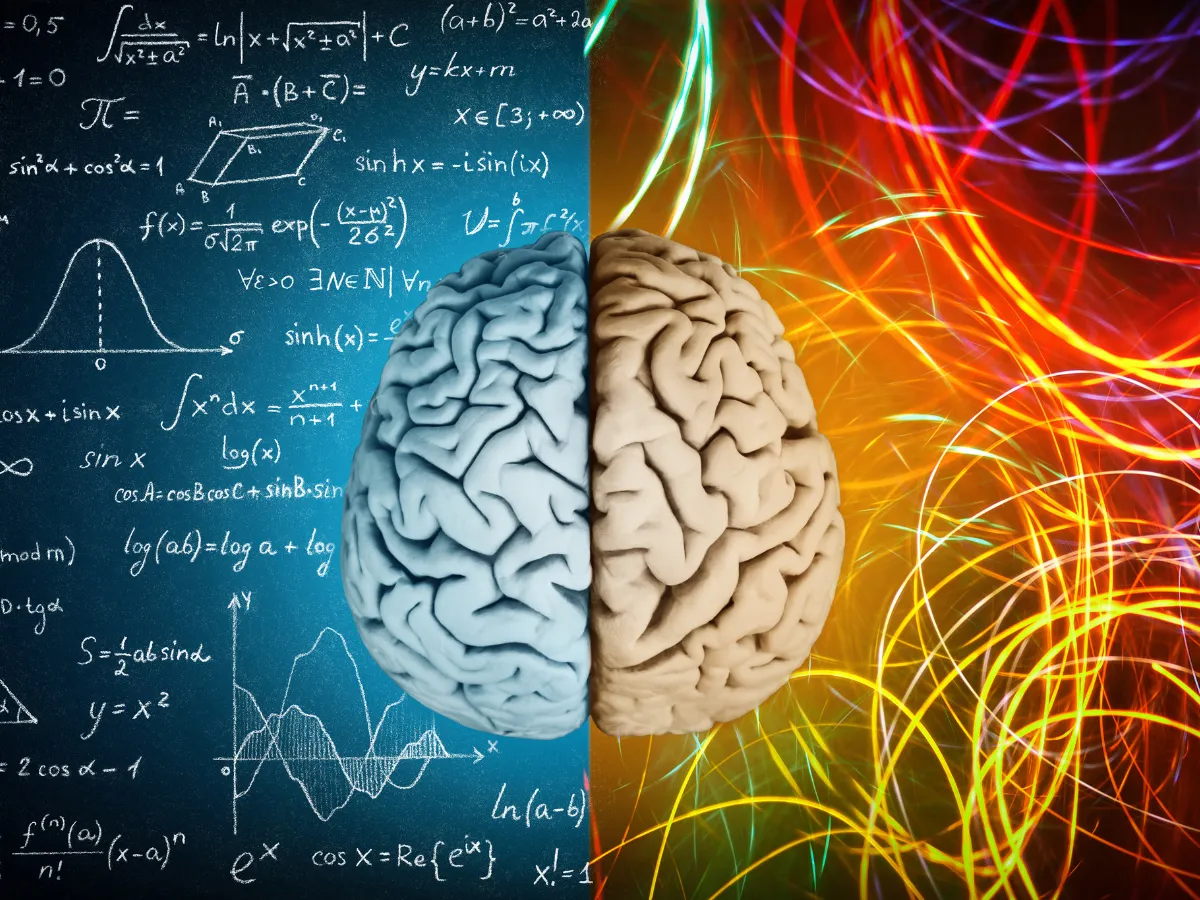
In the ever-accelerating world of technology, the speed of our internet connections often overshadows the pace at which our brains process information. A recent study conducted by neuroscientists at the California Institute of Technology has brought this disparity into sharp focus, revealing that the human brain’s information flow is drastically slower than modern digital communications.
Titled “The unbearable slowness of being,” the study offers a striking juxtaposition between the rapid fire of bits in digital data streams and the sluggish flow of bits through our neural pathways. According to Markus Meister, a lead researcher on the study, “It’s a bit of a counterweight to the endless hyperbole about how incredibly complex and powerful the human brain is,” highlighting our cognitive limitations in stark numerical terms.

The Metrics of Mind and Machine
Digital communication speeds have reached staggering heights, with typical American home internet connections downloading data at about 262 million bits per second (bps). In contrast, when streaming high-definition video, the data flow reaches about 25 million bps. These figures stand in stark contrast to the human brain’s modest capacity, which the study estimates to be around 10 bps based on how quickly we perform tasks like typing or playing video games.
The researchers used information theory, a branch of mathematics, to estimate these rates. In 2018, an extensive analysis of 136 million keystrokes from 168,000 volunteers found the average person typed around 51 words per minute. Some faster individuals reached speeds of 120 words per minute, corresponding to the estimated 10 bps flow rate. Jieyu Zheng, a graduate student and co-researcher, noted, “You can look at them on YouTube, and their fingers are so fast that they’re just blurred on the videos,” yet even these peak performances did not exceed the low bit rate.

Testing the Limits: From Gaming to Memory Championships
The study also examined areas where mental and physical speed are decoupled. In blind speedcubing—a competition where participants solve a Rubik’s Cube blindfolded—American speedcuber Tommy Cherry managed to inspect his cube in 5.5 seconds and solve it in 7.5 seconds. This feat was estimated to require an information flow of just 11.8 bps during the inspection phase.
Moreover, memory sports offer another dimension to understanding cognitive throughput. Munkhshur Narmandakh, a memory champion from Mongolia, set a world record in 2019 by recalling 1,467 binary digits after a viewing period of five minutes, with an estimated flow of only 4.9 bps. These numbers starkly demonstrate the bottleneck of human information processing, even in tasks designed to push the limits of memory and speed.

Implications and Future Directions
The findings challenge the commonly held belief in the exceptional power of the human brain by quantifying its operational limitations. Dr. Meister suggests that these insights should encourage more research into why the brain discards so much information and operates efficiently on such scant data. Meanwhile, Britton Sauerbrei, a neuroscientist not involved in the study, points out that if unconscious activities such as walking and standing were factored in, the bit rate might be higher, suggesting areas for further investigation.
As digital technology continues to advance at a breakneck pace, studies like these recalibrate our understanding of the human brain’s place in a world dominated by high-speed data. They remind us that while our biological processing power may seem slow, it operates within a framework optimized over millennia for survival, not speed.
